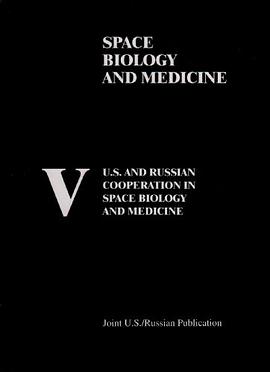

While the focus of this book is on ground combat system vulnerability, many of the principles, methodologies, and tools discussed are also applicable to the air and sea system communities. The book begins by introducing the basic language, history, and uses of Vulnerability and Lethality (V/L) analysis, then discusses elements of the V/L analysis process, including the Missions and Means Framework (MMF), initial representations and damage mechanisms, component and personnel dysfunction, target response, and tactical utility. Vulnerability assessment and measures of effectiveness, including mission effectiveness, fault trees, degraded states, and networked systems is followed by V/L modeling and simulation, including empirical/semi-empirical, phenomenological, engineering, system, and force-level modeling; geometric representation; computer environments; and, verification, validation, and accreditation (VV&A). V/L application topics such as system acquisition, system life cycle, vulnerability reduction, and tactics and doctrine complete the book. The book is further enhanced with appendices covering such topics as the characterization of penetrating fragments and behind-armor debris (BAD), details on estimating component probability of damage, a case study of an actual VV&A implementation, and more recent developments and applications of the MMF. The complexity of the material has been kept to a modest level to be understandable to those who are entering the discipline as well as to serve as a handy reference for those who regularly practice these disciplines. An attempt has been made not only to share those areas where significant progress has been made but also to identify those areas where methodology is weak or currently nonexistent.
具体描述
读后感
评分
评分
评分
评分
用户评价
相关图书
本站所有内容均为互联网搜索引擎提供的公开搜索信息,本站不存储任何数据与内容,任何内容与数据均与本站无关,如有需要请联系相关搜索引擎包括但不限于百度,google,bing,sogou 等
© 2025 book.wenda123.org All Rights Reserved. 图书目录大全 版权所有




















